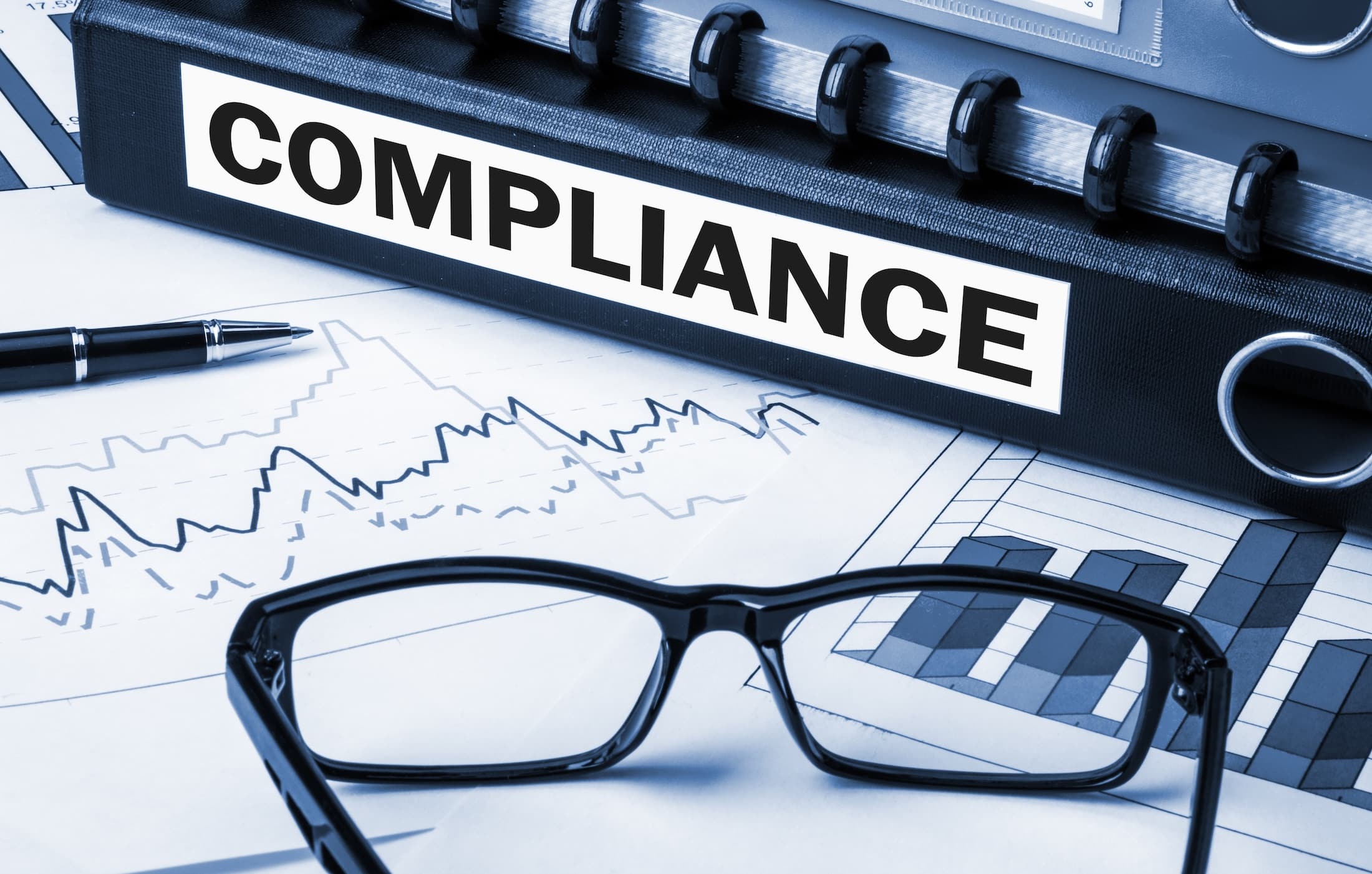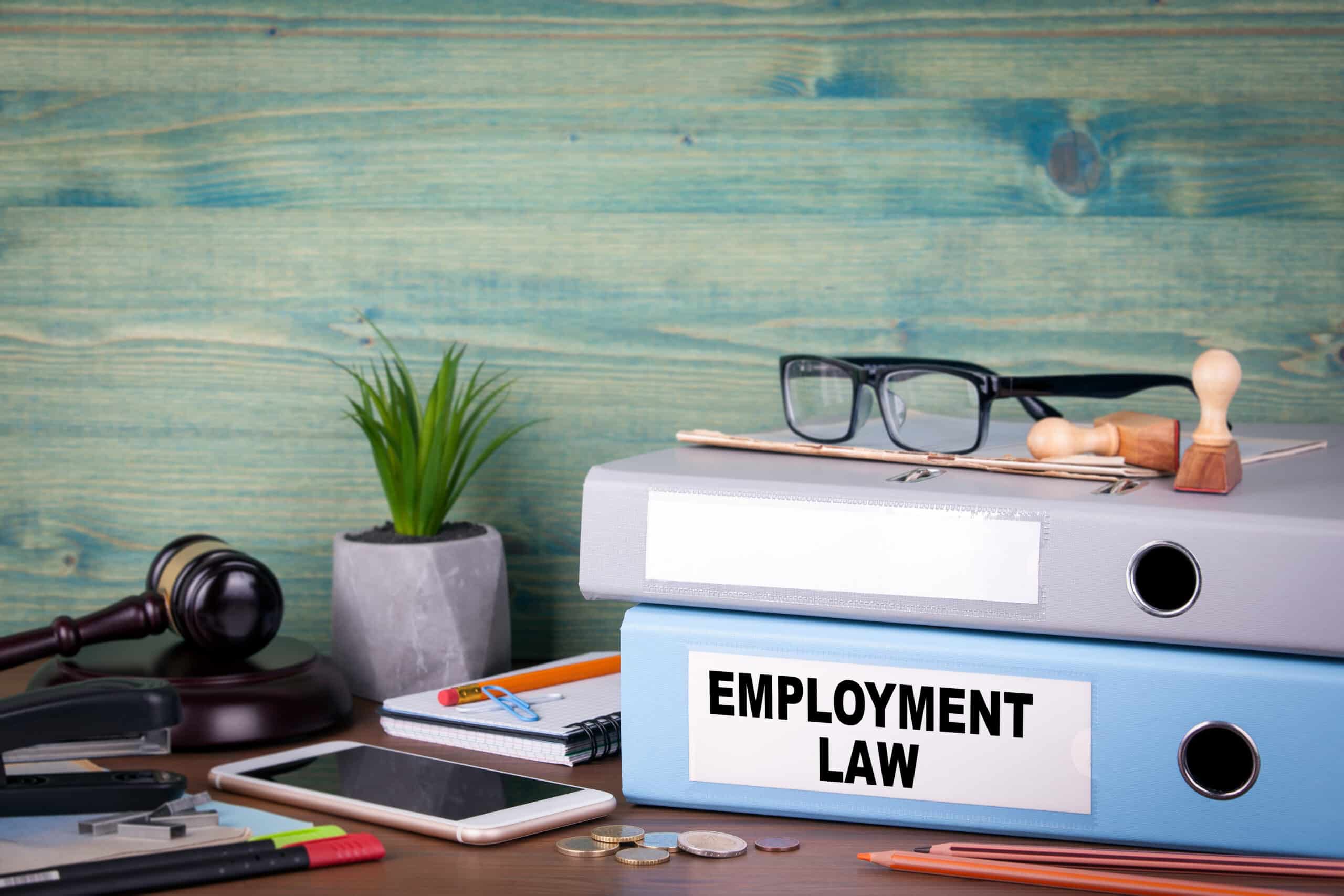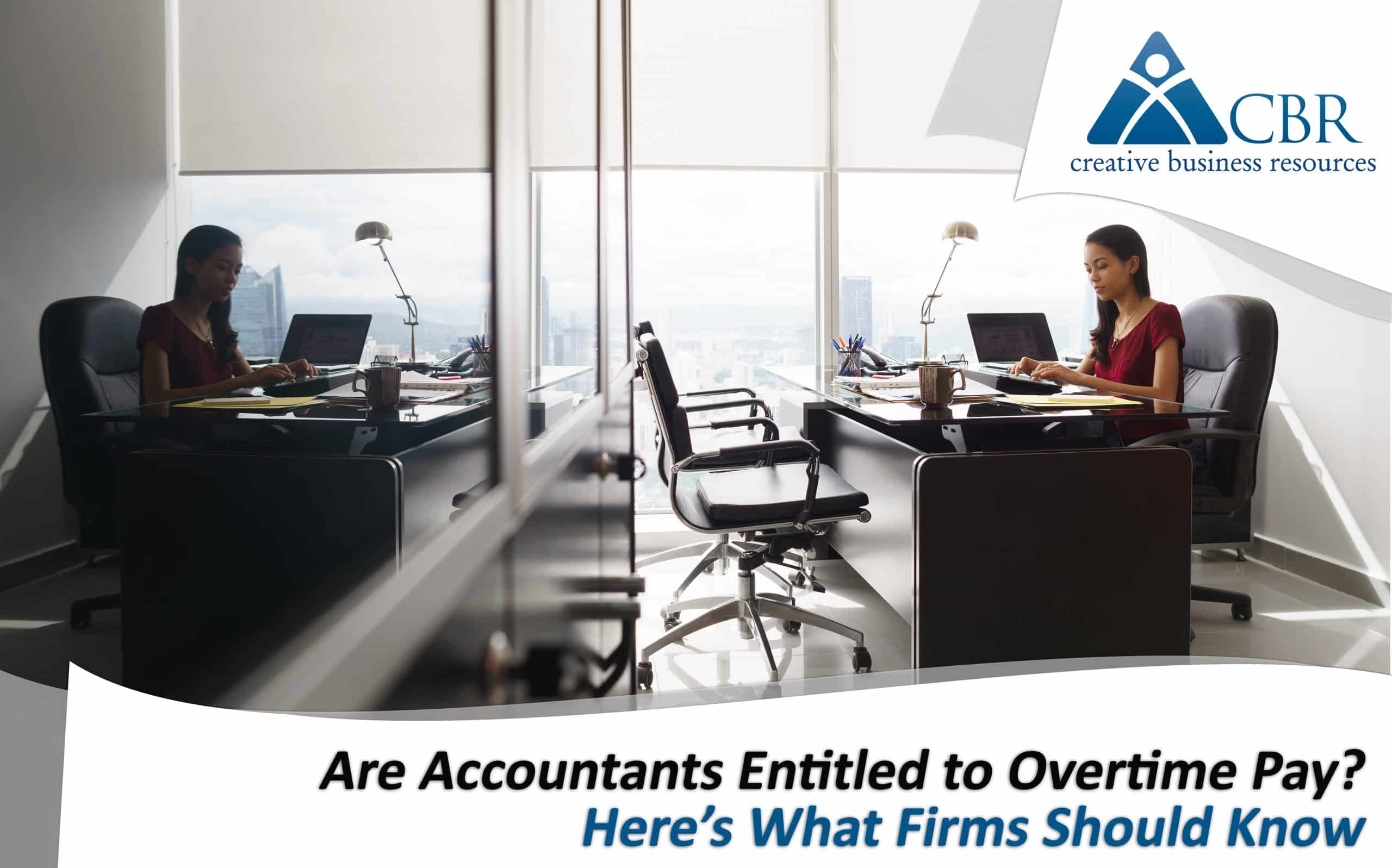Companies may not realize that even seemingly innocuous rules in employee handbooks may provoke the ire of the National Labor Relations Board  (NLRB). On March 18, 2015, the NLRB’s Office of General Counsel issued a report offering some much-needed clarification regarding the lawfulness of certain types of rules that employers commonly use to regulate the conduct of workers.
(NLRB). On March 18, 2015, the NLRB’s Office of General Counsel issued a report offering some much-needed clarification regarding the lawfulness of certain types of rules that employers commonly use to regulate the conduct of workers.
The issues explored in the report stem from §7 of the National Labor Relations Act (NLRA), which guarantees workers the right to band together and join organizations with the purpose of safeguarding their rights or engaging in collective bargaining. Section 8(a)(1) prohibits employers from interfering with workers exercising their §7 rights.
In recent years, the rise of social media has led to many disputes between the NLRB and employers. Social media provides a forum in which workers often discuss (and complain about) their employment conditions, and companies may think it reasonable to prohibit such negative communication. However, the commiseration that takes place between employees on social media may constitute protected activity under §7. According to the court in the Lutheran Heritage Village-Livonia case, the mere existence of an employer rule may violate the NLRA if it has a chilling effect on the exercise of §7 activity. Specifically, a rule may be deemed unlawful if employees might reasonably interpret the rule’s language to prohibit §7 activity, the rule was written in response to §7 activity, or the rule has actually been used to infringe upon the exercise of §7 rights. This test has been interpreted broadly enough to prohibit even well-intentioned rules in employee handbooks.
The report listed several types of rules that may be found to violate the NLRA. For example:
- Companies may not prohibit employees from discussing the terms and conditions of their employment, such as wages and hours, with fellow employees or others, including union representatives. However, confidentiality rules that do not implicate the terms and conditions of employment are valid.
- Employers may not establish rules vaguely proscribing “disrespectful” or “inappropriate” conduct toward higher-ups, as the NLRA protects the right of employees to criticize labor policies or worker treatment.
- The NLRA grants employees the right to discuss the terms and conditions of their employment amongst themselves, so rules banning “negative” or “inappropriate” conversations may draw scrutiny. Similarly, employees have the right to discuss labor policies with third parties, such as government agencies and the media, although employers can restrict which individuals may make official company statements.
- Employees are allowed to take photos and make recordings when engaged in protected §7 activity, and they may use company logos or trademarks in a reasonable manner on picket signs and other protest materials.
- The NLRA is fiercely protective of workers’ rights to strike, so employers could find themselves in trouble for rules restricting the right to leave work, if such rules could reasonably be interpreted as prohibiting strikes.
The NLRB’s report provides an opportunity for companies to ensure that their employee handbooks are compliant. Here are some steps that employers should take:
- Consult with attorneys and HR professionals to review existing rules and make any necessary changes. Swift action is key to avoiding legal trouble, so employers should seek expert help as soon as possible.
- Avoid using vague terminology or overly broad rules, and make sure that the rules clearly differentiate between protected and non-protected activity.
- Train employees on the differences between activity that is protected by the NLRA and non-protected activity.
- Inform all employees, preferably in writing, about any changes to the handbook.
Does your company need a revised employee handbook? Contact Creative Business Resources today and be sure your company is compliant with the new NLRA rulings.





























